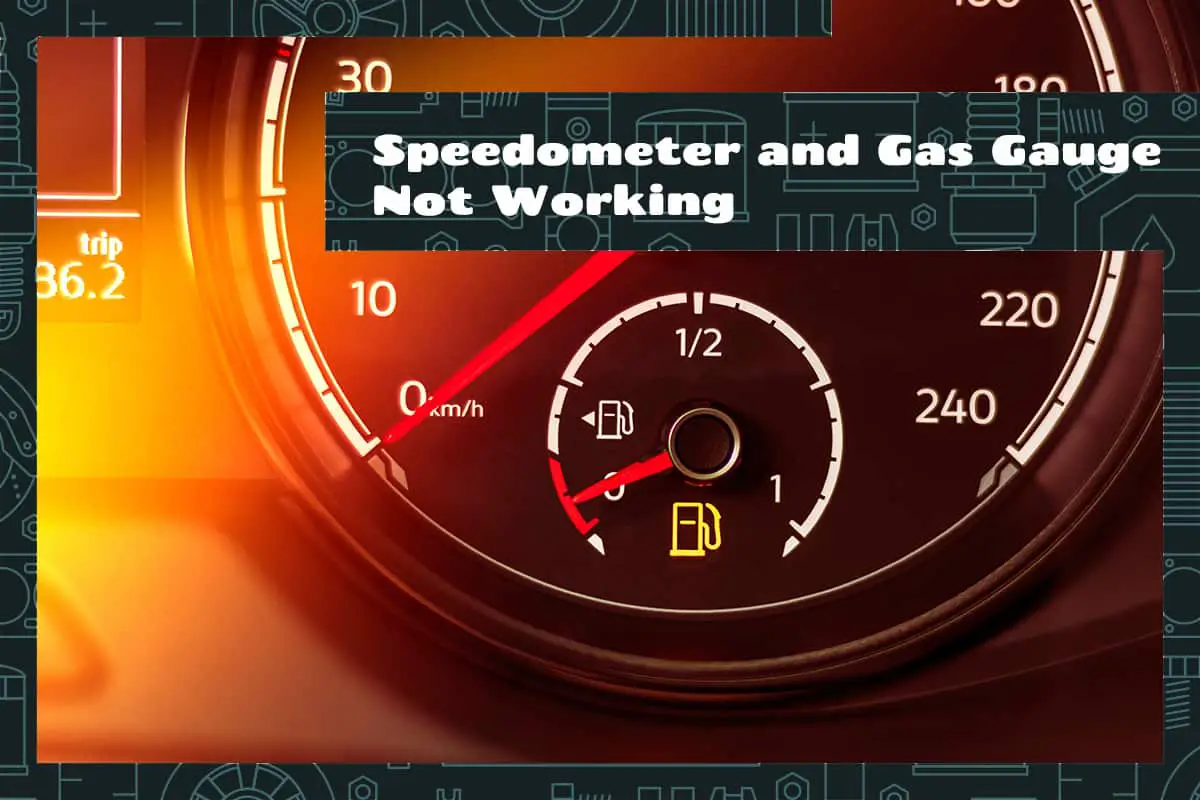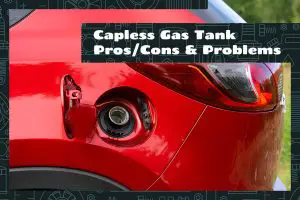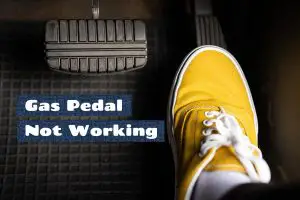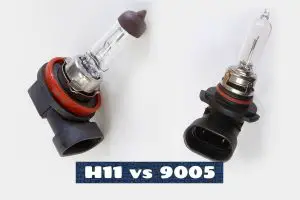A malfunctioning speedometer and gas gauge in your car can affect your driving safety and could even land you in legal trouble. So, if these crucial components are on the fritz, you need to identify the cause and resolve the problem ASAP.
Faulty wiring, blown fuses, or sensor issues are common reasons your speedometer and gas gauge may not work. Mechanical failures like a broken speedometer cable or drive gear can also be culprits. You can either troubleshoot these issues yourself or consult a mechanic for repairs.
Today, we’ll learn about the causes of a broken speedometer and gas gauge, what you can do to resolve the issue, and when you should meet with a professional mechanic.
What Do the Speedometer and Gas Gauge Do?
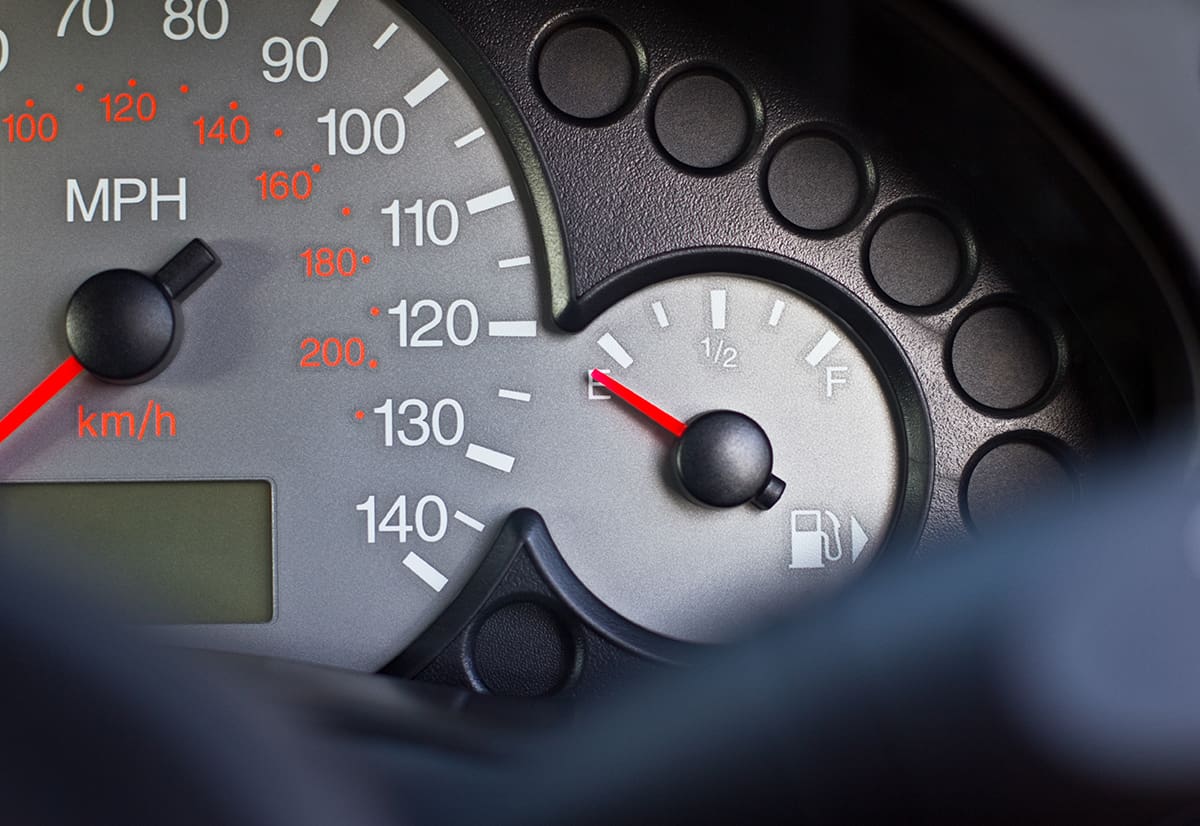
The speedometer displays your vehicle’s speed in real-time, usually in miles per hour (MPH) or kilometers per hour (KPH). A digital or analog needle moves over a dial to indicate how fast you’re going. Modern cars often have digital speedometers, while older models typically use mechanical systems.
Knowing your speed helps you obey speed limits and make better driving decisions. For instance, if the road is slippery, a quick glance at your speedometer can remind you to slow down.
The gas gauge shows the amount of fuel left in your car’s tank, usually marked from ‘E’ for empty to ‘F’ for full. It uses a float connected to a potentiometer to gauge the fuel level.
When the float goes down due to fuel consumption, the needle on the gas gauge moves towards ‘E.’ If you see the needle hovering near ‘E,’ it’s a signal to refuel soon to avoid getting stranded.
Both the speedometer and gas gauge get their data from sensors and are powered by the car’s electrical system. Some modern cars even have warning lights that will illuminate if there’s a malfunction in either the speedometer or gas gauge.
Causes of and Fixes for Broken Speedometer and Gas Gauge
Car gauges are the eyes and ears of your vehicle’s performance and health. When they fail, it disrupts your ability to drive safely and efficiently.
1. Electrical Issues
When both your speedometer and gas gauge fail, the first suspect is often an electrical issue. Electrical problems are not uncommon in modern cars, which rely on a multitude of wires and sensors for almost every system.
Fuse Problems
Fuses are designed to protect electrical circuits by breaking the circuit if too much current flows through it. If a fuse related to the instrument cluster blows, both gauges could fail.
Fix:
You’ll need to check the fuse box, usually located under the dashboard or the hood. Replace any blown fuses and check to see if this fixes the issue.
Wiring Issues
Damaged or frayed wiring can interrupt the electrical flow and cause gauge malfunction. Inspect the wires leading to the instrument cluster for any visible damage.
Fix:
If found, you may need to strip and reattach the wiring or replace it entirely.
Sensor Failures
Cars use speed and fuel sensors to gather data. A malfunctioning sensor sends incorrect data or none at all, causing the gauges to show incorrect or zero readings.
Fix:
Sensors can often be replaced without specialized tools.
2. Mechanical Issues
Mechanical failures are more common in older cars that use analog systems for their speedometer and gas gauge.
Speedometer Cable
Older cars with analog speedometers often use a spinning cable, usually made of flexible, coiled wire. This cable can break or become disconnected. If your speedometer isn’t working but your gas gauge is, this could be the culprit.
Fix:
You’ll need to get under the dashboard or hood to inspect, tighten, or replace the cable.
Drive Gear Issues
Some cars, particularly older models, use a drive gear to operate the speedometer. A worn or broken gear will need to be replaced.
Fix:
This is often a job for professionals due to the labor involved in reaching the gear.
3. Instrument Cluster Failures
If both the speedometer and gas gauge are out, the problem might be the instrument cluster itself.
- Symptoms and Diagnosis: Common signs include all gauges and dials failing simultaneously or the dashboard lights going out. Diagnosis usually involves electrical testing and may require the skills of a qualified mechanic.
- Replacement Cost: Replacing an entire instrument cluster can be expensive, depending on the make and model of your car. Costs can range from $200 to upwards of $600 for parts alone.
4. Software and Calibration Issues
Cars are becoming increasingly like computers on wheels, with software managing everything from engine performance to your in-car entertainment system.
ECU/PCM Failures
The Engine Control Unit or Powertrain Control Module controls electrical components. If this fails, it could cause a failure in the gauges. ECU or PCM problems are often signaled by other issues in the car, like poor performance or fuel efficiency.
Recalibration
Over time or after battery replacement, the gauges may need recalibration. Some cars allow for DIY recalibration by following specific steps involving key turns and pedal presses, while others may require professional recalibration.
When to Go to a Professional

For issues with your speedometer and gas gauge, there are particular signs and situations that warrant a trip to the mechanic.
Diagnostic Limitations
Sometimes, DIY efforts hit a wall due to the lack of specialized diagnostic tools. Modern cars often store fault codes that require specialized software to access. If you’ve checked fuses, wiring, and sensors and still can’t find the issue, it’s likely time to consult a professional.
- Instrument Cluster Diagnosis: Certain problems within the instrument cluster aren’t apparent without advanced diagnostic tests. Mechanics have the equipment to perform these tests and pinpoint the issue.
- Complex Electrical Systems: Cars with sophisticated electrical circuits and multiple sensors can be difficult to diagnose with basic tools. In such cases, the mechanic’s expertise in electrical systems becomes invaluable.
Labor-Intensive Repairs
Some fixes are labor-intensive, requiring the dismantling of several components to reach the troubled part.
- Drive Gear Replacement: For example, replacing a speedometer’s drive gear in older models can be a labor-intensive process that involves removing the transmission tail shaft. This is not a job for the average car owner.
- Instrument Cluster Replacement: Swapping out an entire instrument cluster is not only technically challenging but also involves handling delicate electronics that can easily be damaged.
Advanced Calibration and Software Issues
Modern vehicles often require software updates or recalibration that are beyond the scope of DIY repair.
- ECU and PCM: Issues with the Engine Control Unit or Powertrain Control Module are generally not DIY-friendly. They may require software updates that only a certified mechanic can perform.
- Digital Dashboards: Electric and hybrid cars, as well as some newer gas-powered vehicles, have digital dashboards that require software-based calibration. This is usually beyond the scope of a typical home garage.
FAQs
1. Can I drive my car if the gas gauge is not working?
Yes, you can technically still drive your car if the gas gauge isn’t working, but it’s not recommended. Without a functioning gas gauge, you won’t have a clear idea of how much fuel you have left, which could leave you stranded. To manage this, you can reset your trip odometer every time you fill up and keep track of the miles you’ve driven.
2. How much does it cost to fix a faulty speedometer or gas gauge?
It is indeed illegal to drive with a non-functioning speedometer. Laws vary by location, but the general consensus is that a working speedometer is essential for safe driving and to avoid speeding. Not having a functioning speedometer can not only put you at risk of a speeding ticket but could potentially result in more serious legal consequences if you’re involved in an accident.
